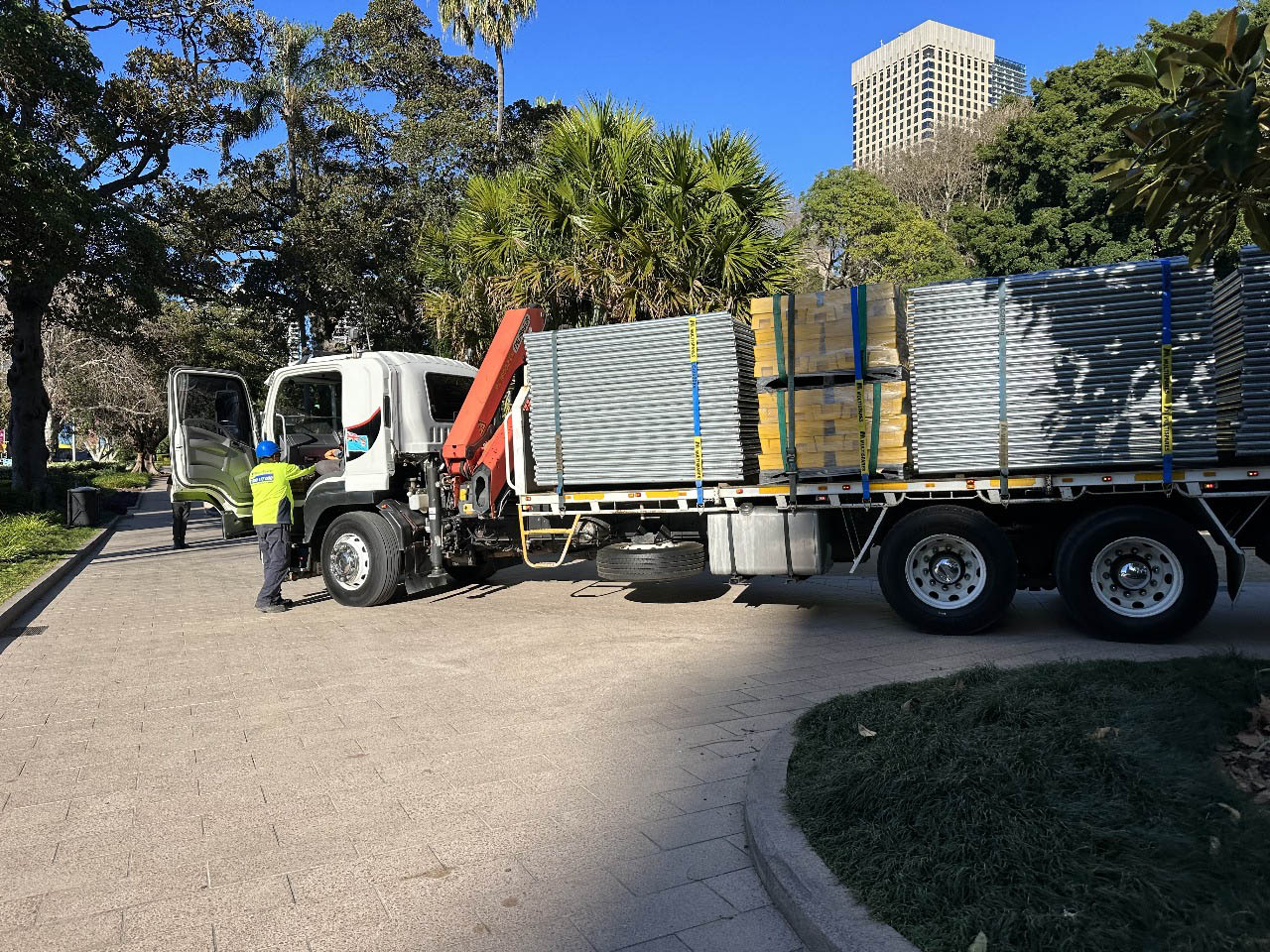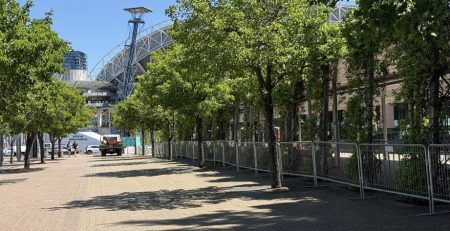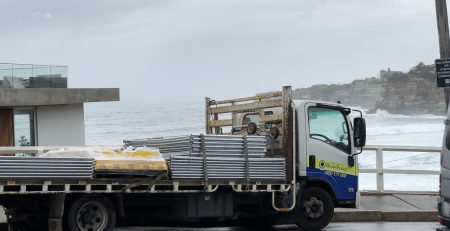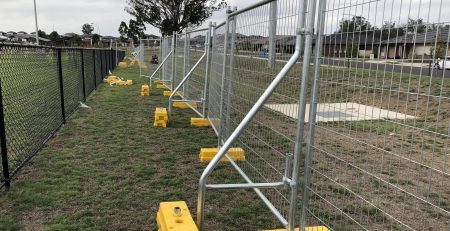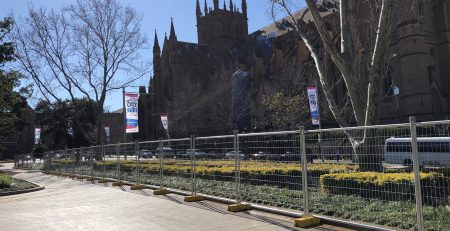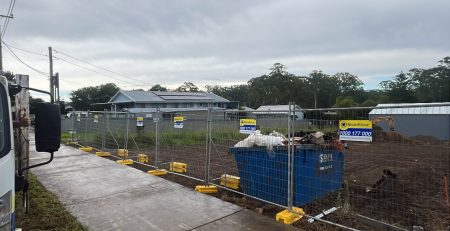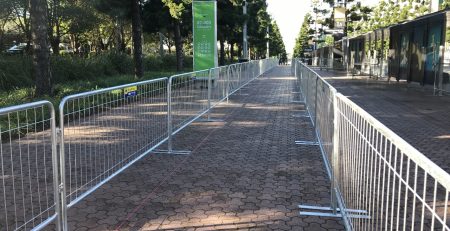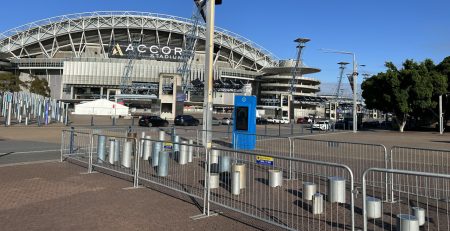How to Plan a Multi-Day Event with Temporary Fencing: Logistics, Staging, and Flexibility Tips
When your event runs longer than a single day, the complexity of temporary fencing hire increases significantly. Multi-day events—whether it’s a three-day music festival, week-long expo, or sporting carnival—demand a more strategic approach to site security, crowd control, and compliance.
You’re not just planning for one crowd. You’re planning for moving crowds, shifting infrastructure, weather interruptions, and late deliveries. That’s why your fencing plan needs to be flexible, durable, and well-staged.
Here’s your complete guide to fencing for multi-day events in Sydney, Queensland, and surrounding regions.
Step 1: Define Your Staging Plan
Multi-day = multi-phase. Your fencing should match your event’s setup timeline. Avoid the common mistake of fencing everything at once—when your needs will evolve each day.
Split your plan into:
- Pre-bump-in fencing: Early access for vendors, contractors, and security
- Main perimeter fencing: Installed well before doors open
- Dynamic fencing zones: Used to adapt to crowd flow or area changes during the event
- Bump-out fencing: Keeping the site secure after public exit until pack-down is complete
Pro Tip: Schedule your event fencing hire in layers so you’re not paying for unused equipment during setup days.
Step 2: Use the Right Mix of Fencing Types
Not all fences serve the same purpose—especially at large, multi-day events. Mixing the right types can save money, improve safety, and make last-minute changes easier.
Here’s your fencing toolkit:
| Fence Type | Ideal Use |
|---|---|
| Temporary fencing for events | Full-height perimeter or high-security zones |
| Crowd control barriers rental | Queues, entrances, walkways, stage fronts |
| Temporary boundary fencing | Sectioning off areas like staff zones or back-of-house |
| Festival fencing hire | Decorative fencing with branded mesh or shade cloth |
| Temporary pool fence rental | If your event involves open water or portable pools |
Best Practice:Always have 10–15 spare panels of crowd control fencing on standby for unexpected congestion or emergency rerouting.
Step 3: Plan for Daily Changes and Weather Impacts
Day 1’s plan may not suit Day 3’s crowd. Weather, ticket sales, or onsite feedback may prompt reconfiguration. Flexibility is critical.
- Use modular fencing panels that are quick to relocate
- Keep your fencing map digital and editable onsite
- Have sandbags or quick-weight bases ready for wind-affected areas
- If heavy rain is forecast, consider additional bracing or path barriers
Queensland Insight: In coastal or open areas like Sunshine Coast or Byron Bay, strong wind gusts are common. Secure all fencing overnight—even for “rest” days.
Step 4: Secure After-Hours Fencing & Overnight Areas
Most fencing issues happen after hours—when crowds are gone but equipment and infrastructure remain on-site.
Key areas to secure overnight:
- Ticketing kiosks and EFTPOS terminals
- Generators and sound towers
- Vendor storage tents
- Licensed alcohol zones
What you need:
- Lockable access gates with anti-lift features
- Privacy mesh to deter theft
- Perimeter lighting or CCTV-compatible fencing
Security Tip: Many event managers now integrate temporary fencing hire with mobile surveillance systems for added peace of mind during downtime.
Step 5: Manage Changeovers and Re-Staging Between Days
If your event changes theme, zone layout, or headline attraction each day, your fencing setup should too.
Examples:
- Day 1: Smaller general admission crowd → fewer walkways needed
- Day 2: Larger capacity → open new entrances, adjust fencing
- Day 3: VIP zone extended → install additional temporary boundary fencing
Efficiency Tip: Use colour-coded fencing maps for different days and brief your install crew daily. This prevents delays and confusion during early morning changes.
Final Checklist for Multi-Day Event Fencing
| Area | What to Check |
|---|---|
| Staging Plan | Bump-in, live event, and bump-out phases defined |
| Fence Mix | Different fence types planned for different zones |
| Safety | Bracing, weight, and stability measures in place |
| Overnight Security | Emergency access zones, rapid redeployment plan |
| Event Conditions | Lockable gates and restricted access zones |
| Contingency Plan | Extra panels and real-time fencing adjustments mapped out |
Why Flexible Planning = Lower Costs
By strategically planning your fencing around setup and traffic flow, you’ll:
- Reduce unnecessary day-rates on idle equipment
- Minimise rush orders for extra fencing
- Avoid double-handling costs for last-minute changes
- Improve safety and compliance documentation during audits
Sydney Example: At Darling Harbour precinct events, bump-in windows are tight and restricted—making pre-staged fencing the most effective and economical approach.
Why Ready Fence is the Go-To for Multi-Day Events in NSW & QLD
At Ready Fence, we don’t just drop off panels and drive away. We partner with event teams to stage, plan, and adapt fencing layouts across all event days.
Our multi-day support includes:
- Flexible delivery scheduling
- On-site adjustments between event days
- Certified fencing teams familiar with local council regs
- Mixed fencing systems for tailored layouts
- Rapid response if weather or crowds require urgent changes
Final Word: Your Event Is Fluid — Your Fencing Should Be Too
From day-to-day crowd fluctuations to last-minute program shifts, your fencing layout must be as dynamic as your event. With the right planning and provider, your fencing becomes an asset—not a burden.
Planning a multi-day event?
Talk to Ready Fence for custom fencing support that moves with your schedule—not against it.

